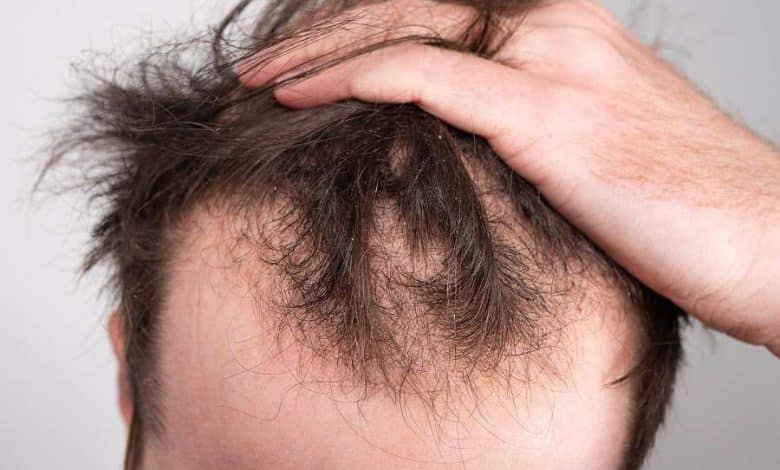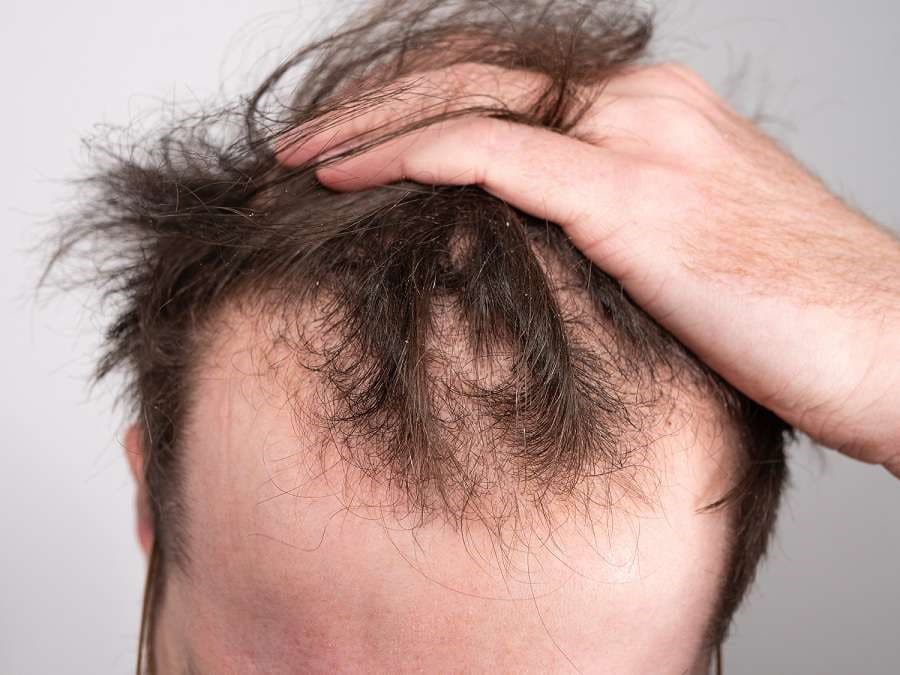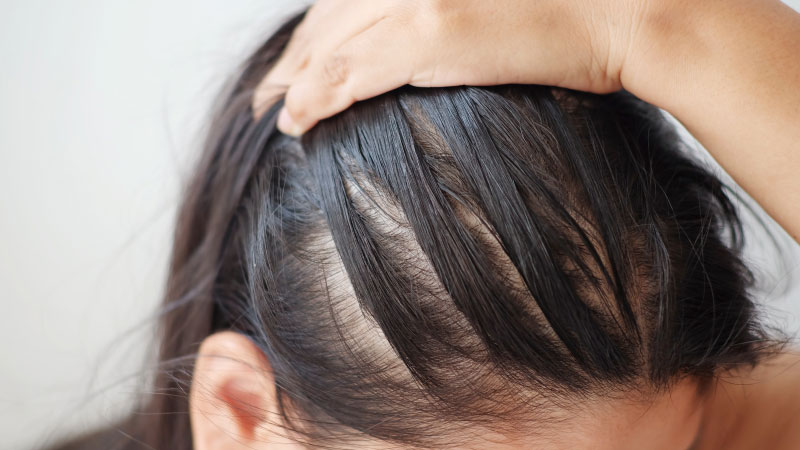
Maybe in the last few years with the Corona epidemic, beauty is the last option that has caused you concern. Most of the complications of viral infectious diseases, such as respiratory problems, inflammation caused by the disease, and temporary loss of the sense of smell, are not obvious.
With the continuation of the corona epidemic around the world, many people complained about their hair loss in the months after contracting this virus and were always looking for the best treatment for hair loss after corona. Research should be done on the validity of the connection between hair loss and the corona virus. The results of these investigations were positive, hair loss occurs in direct connection with corona. Now the question is whether people should worry about long-term changes in their appearance or not?
Hair loss after corona
The human body has 5 million hair follicles that are in a three-phase cycle. In the first phase, the growth phase or anagen, your hair grows and emerges from the skin. In the second phase (catagen phase), the hair dies. In the third phase (the final phase called the resting phase or telogen phase), dead hairs fall and new hairs begin to form in the follicle. Normally, 50 to 100 strands of your hair fall out daily (they are in the telogen phase).
Your hair follicles are in the growth phase (anagen) 85-90% of the time, which lasts between 2-4 years. On the other hand, the resting or telogen phase lasts only 2 to 4 months in each healthy follicle.
In some cases, physical and mental stress caused by corona disease can lead to some kind of hair loss. In fact, what you are experiencing is not permanent hair loss; Rather, your hair cycle is temporarily accelerated.
Telogen effluvium and corona
The medical name for this type of temporary hair loss is severe telogen effluvium. The stressful factors caused by the corona shock your body and interfere with the cycle of hair follicles. The result of this incident is an increase in daily hair loss in a few months after contracting the corona virus. In this period of time, up to 30-50% of the follicles are in the telogen phase, while this amount should be 5-10% in normal condition.
Telogen effluvium is not unique to Corona. This problem also happens for other reasons such as other viral infections, surgery, hormonal changes and stress. Corona is a viral infection that can lead to stress and hospitalization of the patient, which is the reason why telogen effluvium is common in these patients.
Physical stress factors in corona patients include fever and respiratory complications. The psychological stress of corona can also affect your thoughts and feelings. This causes the release of stress hormones. By affecting the hair follicle stem cells, stress hormones increase the duration of the hair resting phase. Stress can also affect hair follicle cells, limiting the nutrients needed for hair growth.

The severity of hair loss has nothing to do with the severity of the disease. It means that a person may experience severe hair loss despite the mildness of the corona virus, or the patient may experience slight hair loss after a period of excruciating illness.
When does hair loss start?
Unlike most of the symptoms of the corona virus, which appear within a few days to a few weeks after the infection, hair loss usually begins two to three months after contracting the virus. In general, in other (non-corona) cases of telogen effluvium, hair loss begins after three months.
Of course, the research conducted in recent years shows that this period of time is less in corona patients. In a small study of 30 patients with post-corona telogen effluvium, the average time to onset of hair loss was 45 days. This time delay has caused many people not to understand the reason for this hair loss.
With the start of this hair loss, you may first notice your hair loss when combing your hair after taking a bath, and then your hair will become thin and frizzy. It should be noted that this hair loss is due to interference in the cycle of follicles, not direct damage to the hair. Because your follicles remain in place, lost hair will grow back.
How long does hair loss last after corona?
The good news for people who are concerned about the longevity of this unpleasant appearance is that this type of hair loss is temporary and will improve on its own after a while. Our suggestion is to be patient. The lost hair will start growing again after 6 to 18 months.
Also, if your hair is thin and weak after Corona, there is no need to worry. Your hair grows about 1 cm per month. That is, you may encounter fluffy hairs at first, which after some time will start to grow and thick and fuller hairs will take their place. Of course, women who have longer hair may feel this change after 2 years or more.
There is no medicine to treat hair loss caused by corona. The only way to get rid of this problem is to wait. Take hair care seriously. Comb your hair gently and use conditioner when you shower to prevent tangles. Also, during this time, it is better to avoid heat appliances such as hair irons and hair dryers.
Wearing a hat in summer can reduce the damage caused by UV rays. No matter how comfortable you are with a ponytail and headband, keep in mind that the tension and tension caused by this hairstyle can weaken your hair roots and increase the likelihood of hair loss. So avoid any hairstyle that makes your hair stretch.
You can also try yoga, meditation or other sports to reduce stress. In most cases, severe hair loss is directly and bilaterally related to stress. This means that severe hair loss can be caused by stress, and on the other hand, severe stress is one of the main causes of chronic hair loss.
If your hair loss does not improve a few months after contracting the corona virus, it is better to see a dermatologist. The doctor can use the best treatment method by examining your condition and performing numerous tests.





